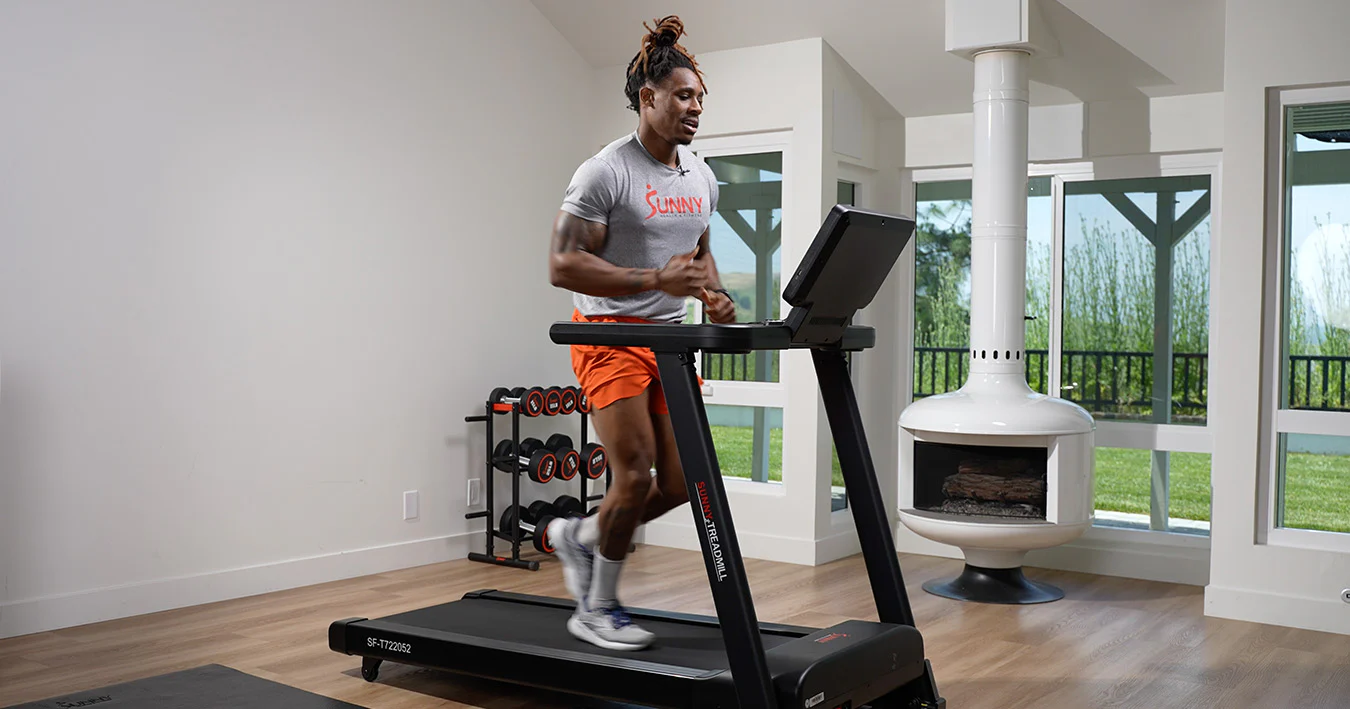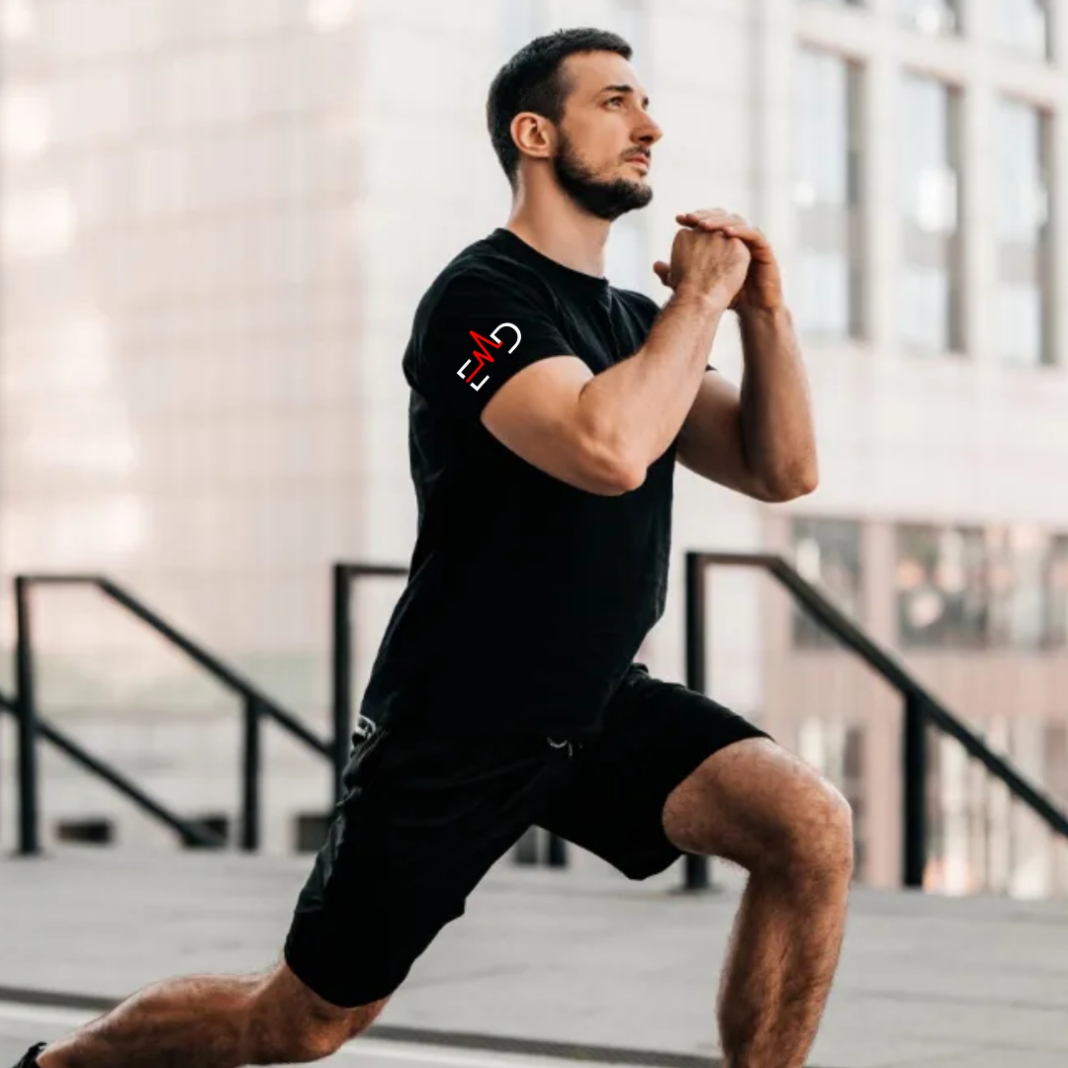Exercise Daily – Whether you’re aiming to build muscle, increase stamina, or improve overall health, creating a weekly workout routine is crucial to achieving full-body strength. According to the Department of Health and Human Services, adults should engage in at least 150 minutes of moderate or 75 minutes of vigorous aerobic activity spread throughout the week. Including strength training exercises at least twice a week ensures that your muscles are warm and ready to handle the demands of your routine. To prevent injuries, focus on proper form and leave 48 hours between sessions targeting the same muscle group.
Incorporating various exercises, such as aerobic activity, flexibility training, and short bursts of intense activity, into your exercise routine will help you improve strength, stamina, and balance. The American College of Sports Medicine recommends combining cardio or endurance exercises for 30 minutes daily, three days a week, and strength training. For older adults or those new to strength training, starting gradually and increasing intensity as you progress is important. A well-rounded routine helps you reach your fitness goals and improves overall functionality in daily life.

Importance of a Balanced Workout Routine
A balanced workout routine is essential for overall health because it targets all major muscle groups and incorporates different types of exercises. By focusing on strength, endurance, and flexibility, you create a fitness routine that addresses every aspect of physical health, preventing imbalances and injuries. Each type of exercise serves a unique purpose, and a well-designed program ensures all aspects of fitness are developed in harmony.
Why Full-Body Strength Matters
Full-body strength ensures that all muscles work harmoniously, which is crucial for athletic performance and everyday activities. Whether you’re lifting, running, or stretching, balanced strength across your body will help you move more efficiently and safely. This strength promotes better posture, reduces the risk of injury, and enhances mobility. It’s not just about being strong in isolated movements but developing functional strength that you can apply to real-life activities, from lifting groceries to participating in sports.
Components of a Balanced Workout Routine
Your workout routine should include three primary components: strength training, cardio, and flexibility exercises. Each of these plays a unique role in building overall fitness and should be strategically integrated into your weekly schedule.
Strength Training: Building Muscle and Endurance
Strength training exercises are designed to build muscle and improve endurance. These workouts involve lifting weights, using resistance bands, or performing bodyweight exercises to target specific muscle groups. You can increase muscle mass, boost metabolism, and improve bone density by including strength training in your routine. This form of exercise is foundational for both men and women, regardless of age or fitness level, as it improves functional capacity and overall quality of life.
Resistance Training Essentials
Resistance training involves pushing or pulling against resistance (like weights or bands). This type of exercise is crucial for building muscle and improving functional strength. Exercises like squats, deadlifts, and push-ups are perfect for targeting major muscle groups. In a balanced routine, aim to perform compound movements that target multiple muscles at once three to four times a week for optimal strength gains.
Additionally, incorporating different resistance levels or varying the intensity (by increasing the weight or repetitions) can help avoid plateaus and keep your workouts challenging.
Cardio: Boosting Heart Health and Stamina
Cardiovascular exercise, or cardio, is essential for heart health and endurance. Cardio increases your heart rate and improves blood circulation, benefiting your heart, lungs, and muscles. This type of exercise is critical for improving stamina, reducing the risk of chronic diseases, and aiding in weight management. Including cardio in your balanced routine will enhance your overall physical performance and boost recovery.
Aerobic vs. Anaerobic Cardio
Aerobic cardio, like running, swimming, or cycling, uses oxygen to fuel your body for extended periods, which improves your cardiovascular endurance. On the other hand, anaerobic cardio, such as high-intensity interval training (HIIT) or sprinting, involves short bursts of vigorous activity that push your body beyond its aerobic threshold. Both types are beneficial, and incorporating them in different forms throughout the week ensures that you are improving both your aerobic capacity and anaerobic performance.

Flexibility Exercises: Enhancing Range of Motion
Flexibility exercises help improve your range of motion, reduce muscle tension, and prevent injuries. These exercises are often overlooked but are essential for long-term fitness and mobility. Stretching regularly allows muscles to remain pliable and ready to respond to the demands of strength training and cardio exercises. Flexibility also contributes to better posture, reduced muscle stiffness, and quicker recovery after intense workouts.
Yoga and Stretching Techniques
Yoga incorporates both flexibility and strength, making it a great addition to any workout routine. Certain yoga poses, such as downward-facing dog and warrior poses, enhance flexibility while engaging your core muscles for balance and stability. Simple stretches before and after workouts, like dynamic warm-ups and static stretches post-workout, can also help prevent muscle stiffness and improve recovery time.
Structuring Your Weekly Workout Schedule
Creating a weekly workout plan that combines all three elements—strength training, cardio, and flexibility—is the best way to achieve full-body strength. Each component should be strategically placed in your week, allowing sufficient recovery time for muscle groups and ensuring you don’t overwork any body part.
7-Day Workout Routine for Full-Body Strength
A 7-day workout schedule can be designed to target all major muscle groups, ensuring that you give each area adequate attention and recovery time. Consider alternating between strength training and cardio throughout the week, with at least one day dedicated to flexibility exercises. A sample weekly schedule might look like this:
- Monday: Strength Training (Upper Body Focus)
- Tuesday: Cardio (Aerobic Session)
- Wednesday: Strength Training (Lower Body Focus)
- Thursday: Cardio (Anaerobic/HIIT)
- Friday: Strength Training (Full-Body Compound Movements)
- Saturday: Flexibility (Yoga or Stretching)
- Sunday: Rest or Light Activity (Active Recovery, e.g., walking)
Combining Cardio, Strength, and Flexibility
By combining these elements, you’re targeting different energy systems and muscle groups throughout the week. This type of varied routine prevents overuse injuries and ensures balanced development. For instance, cardio between strength training sessions allows your muscles time to recover while engaging your cardiovascular system. Flexibility work on lighter days aids recovery and prepares your body for more intense activities.
Adjusting Your Workout Routine for Your Fitness Level
It’s essential to tailor your workout plan to your current fitness level. Beginners should start with less intense sessions and gradually increase the intensity over time, while more advanced individuals can push themselves with heavier weights, more complex movements, or more challenging cardio sessions.
Beginners vs. Advanced Workout Plans
Beginners might benefit from shorter, low-impact workouts focusing on learning proper form. For example, starting with bodyweight exercises before progressing to free weights is a great way to ease into strength training. On the other hand, advanced fitness enthusiasts may prefer high-intensity routines, incorporating heavier weights, more sets, and complex compound movements. Regardless of your level, the key is consistency and gradually increasing the challenge.

Maximizing Results with Proper Nutrition
A balanced workout routine requires proper fuel. Nutrition plays a huge role in your success, helping you recover faster, build muscle, and perform at your best. Without proper nutrition, even the most effective workout plan will fall short.
Pre- and Post-Workout Nutrition
Eating the right foods before and after your workout can improve your performance and recovery. Before a workout, focus on protein-rich snacks like a protein shake or a small meal with complex carbohydrates to provide sustained energy. Post-workout, your muscles are in repair mode, so eating carbohydrates to replenish glycogen stores and protein to support muscle recovery is critical.
Importance of Hydration
Hydration is just as important as nutrition when it comes to fitness. Drinking enough water throughout the day ensures that your body stays energized, your joints are lubricated, and your muscles function properly. Aim to drink water before, during, and after your workouts, and consider electrolyte-rich beverages for longer or more intense exercise sessions.
Common Mistakes to Avoid in Your Workout Routine
No matter how well-structured your workout routine is, some common mistakes can hinder your progress or cause injury.
Overtraining and Lack of Rest
One of the biggest mistakes people make is overtraining without allowing their bodies enough time to rest and recover. This can lead to burnout, injuries, and even decreased performance. Ensure you schedule at least one rest day per week, and consider incorporating light activity, such as walking or gentle yoga, on recovery days.
Neglecting Flexibility and Recovery
Skipping stretching or flexibility exercises can lead to muscle tightness and reduce your range of motion. Over time, this can lead to chronic pain or injury. Make flexibility training a priority in your workout plan, even if it’s just 10 minutes of stretching after each workout.
How to Stay Motivated Throughout Your Fitness Journey
Staying motivated is often the hardest part of maintaining a consistent workout schedule. Life can get busy, and losing sight of your goals is easy. Here are some tips to keep your fitness journey on track.
Setting Realistic Fitness Goals
Start by setting clear, achievable goals that keep you focused. Whether lifting a certain amount of weight or running a mile in a set time, having a goal will motivate you to push forward. Break your long-term goals into smaller, more manageable milestones.
Tracking Progress and Celebrating Milestones
Tracking your progress helps you see how far you’ve come. Keep a fitness journal or use a fitness app to log your workouts, track your weightlifting improvements, or monitor your running times. Celebrate small victories, such as completing a tough workout or achieving your best.

Conclusion
Creating a balanced workout routine is essential for overall health and fitness. By incorporating strength training, cardio, and flexibility exercises into your weekly schedule, you can build full-body strength, prevent injuries, and enjoy a healthier lifestyle. Consistency is key, so stick to it and adjust your routine as your fitness level improves. A well-rounded plan allows for steady progress, ensures all major muscle groups and energy systems are engaged, and keeps your body in optimal condition for the long term. With the right approach, you can achieve your fitness goals, whether they involve strength, endurance, flexibility, or a combination of all three.
Embrace Consistency and Adjust As Needed
Fitness is a lifelong journey, and your workout routine should evolve with you. As you become stronger and more conditioned, adjusting your workout intensity, duration, and frequency is important to continue making progress. Don’t be afraid to change things up by trying new exercises or workout modalities. This prevents boredom and keeps your body from adapting too much, which could lead to plateaus in progress.
FAQs – Creating a Balanced Workout Routine for Full-Body Strength
Q: How many days a week should I work out?
A: Aim for at least three to five days of weekly exercise, incorporating a balance of strength training, cardio, and flexibility exercises. This ensures that you’re targeting different aspects of fitness while allowing adequate rest and recovery for your muscles.
Q: Can I work out every day?
A: Yes, but it’s important to alternate between muscle groups and include rest days or active recovery (such as yoga or light cardio) to avoid overtraining. Working different muscle groups on different days allows time for recovery while still staying active.
Q: What should I eat after a workout?
A: After a workout, focus on consuming both protein and carbohydrates. Protein helps with muscle repair, while carbohydrates replenish the glycogen stores used during exercise. A protein shake, yogurt with fruit, or a chicken and vegetable meal are good post-workout options.
Q: How much cardio should I do per week?
A: The Department of Health recommends at least 150 minutes of moderate cardio (brisk walking or cycling) or 75 minutes of vigorous cardio (running or HIIT) each week. Mixing it up is important to maintain heart health and improve endurance.
Q: Is it okay to skip rest days?
A: Rest days are crucial for muscle recovery and preventing burnout or injury. Your body needs time to repair and grow stronger after intense exercise, so taking at least one or two weekly rest days is essential for sustainable progress.
Q: How do I stay motivated when progress slows down?
A: It’s common to hit a plateau where progress seems to stall. To stay motivated, focus on setting small, achievable goals and celebrate your wins. Sometimes, all it takes is a slight adjustment in your routine, like trying new exercises, increasing intensity, or mixing up your cardio, to kickstart progress again.
Q: What should I prioritize: strength training, cardio, or flexibility?
A: All three components are important for a well-rounded fitness plan. Strength training builds muscle and boosts metabolism, cardio enhances heart health and endurance, and flexibility prevents injuries and promotes recovery. Rather than prioritizing one over the other, incorporate all three into your routine to create a balanced approach to fitness.




